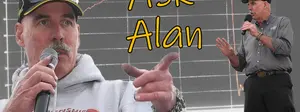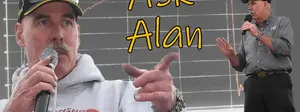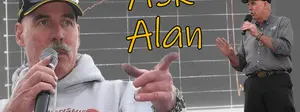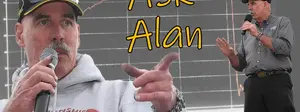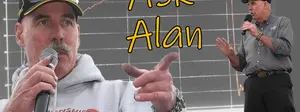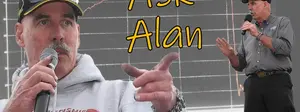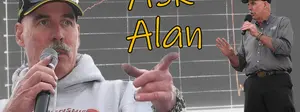

Ask Alan: Explaining line-locs, head gaskets, flame colors, and much more
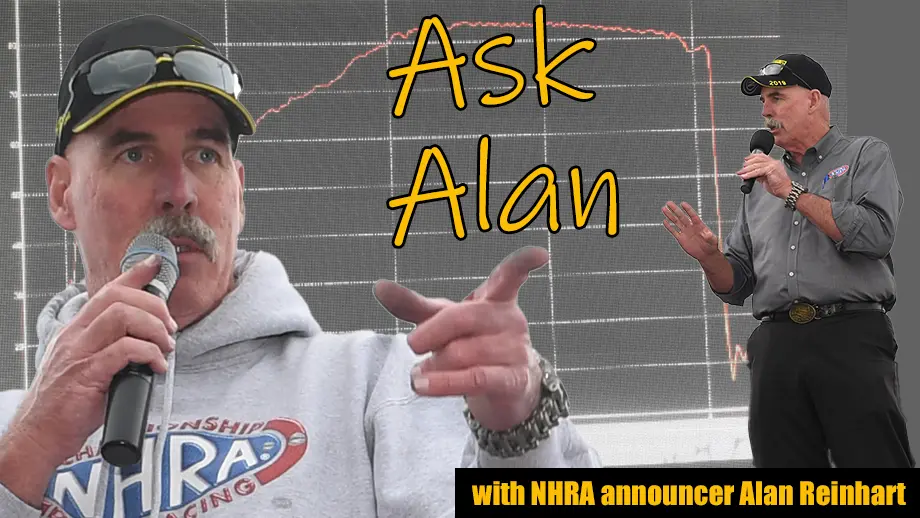
At every NHRA national event, NHRA announcer Alan Reinhart offers fans the chance to send him an email with technical questions about the race cars, the tracks, and the procedures. As part of a semi-regular feature, we’ll share those questions and answers on NHRA.com.
Fans can write to Reinhart at announcer@nhra.com.
Here we go!
You mention “setting the brake pressure.” I remember line locs to help burnouts, but what are the setting brake pressure for in stage on the Pro Stock cars? — Bob Mack

Pro Stock cars use the line-loc on the starting line. The staging procedure is as follows:
- Light the pre-stage bulb.
- Set the brake pressure at 300psi (there is a brake pressure gauge) and activate the line-loc.
- Rev the engine a little, and use the clutch pedal to overcome the front brakes pushing the car into full stage.
- Hold the clutch down, activating the two-step switch for the rev limiter.
- Floor the gas pedal and the engine will rev to the setting on the two-step.
- When the light flashes pop the clutch and go.
The brake pressure needs to be high enough that it will hold the car still when you rev the engine, and low enough that you can overcome it when staging the car without having to "skid" the tires. Excess pressure also takes a split second longer to release, so you don't want more than you need. 300psi seems to be the number.
Can you explain the 500 Tree, the 400 Tree, and the current Tree? Always confused by this, especially when watching old races and reaction times to current races. — Clay Schaeffer
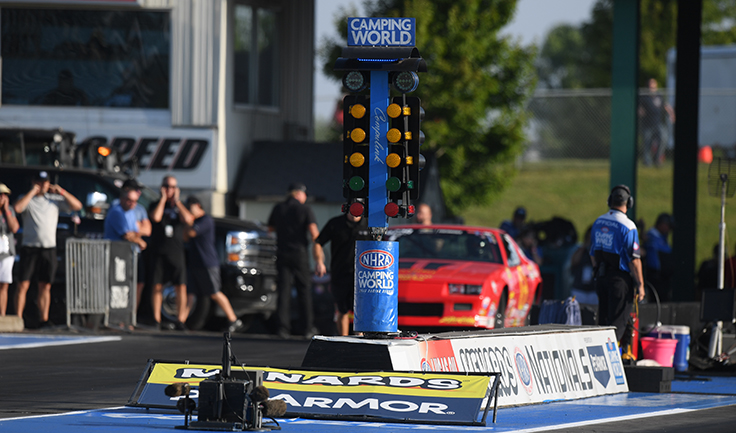
The Tree is exactly the same, they changed the way the reaction timer is read.
Because you react to the flash of yellow not the green, the reaction timer was keyed by the yellow.
On a Pro Tree, it is .4 from yellow to green, so a .400 reaction time was perfect. A .399 or quicker was a red-light.
On the full Tree, it is .5 between lights, so a .500 was perfect and .499 or anything quicker was red.
It was brought up by the TV guys that a casual fan might be confused, so the timer readout was changed to call a perfect light .000 on both Trees, any negative number would be red.
What used to be .400 perfect is now .000, and what used to be .500 perfect is also .000. An old .432 is now .032. An old .398 red-light is now -.002. An old .496 red is now -.004.
I was wondering about the different colors of the flames on the Top Fuel and Funny Cars. I see really different color flames coming out. — Chris Ramey
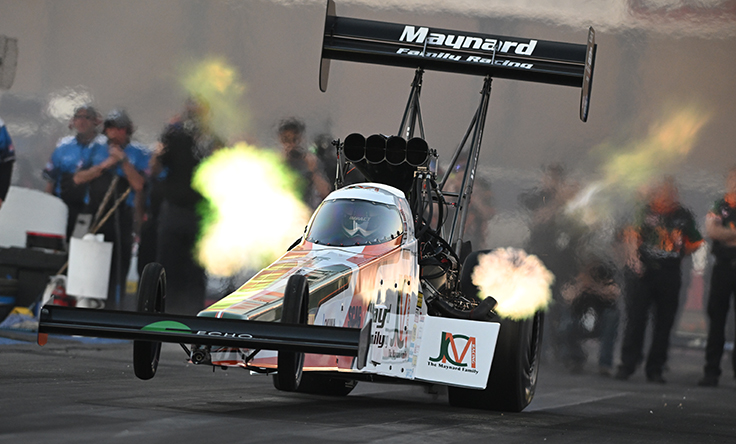
If they are green, it's burning copper (head gaskets) or beryllium (valve seats). If they are orange, it is a fuel pump lubricant that some teams use.
How does the thickness of a head gasket, with such a little change, make a significant difference in power? — Joshua Seale
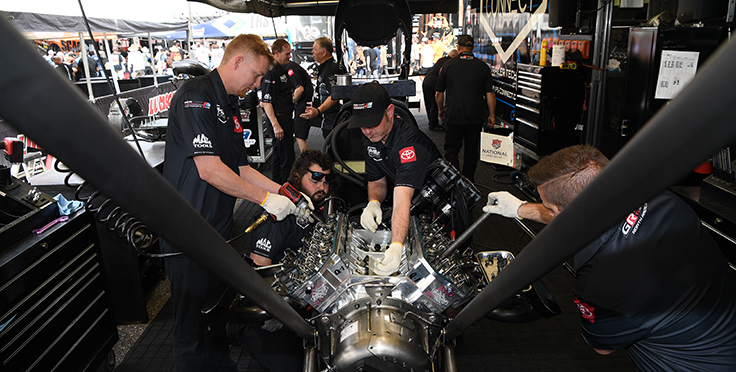
It changes the compression ratio by changing the size of the combustion chamber. The key is cylinder pressure.
Back in the day, a simple trick for increasing power was to "shave the heads." You would take the cylinder heads to a machine shop and have them machined down 10-30 thousandths of an inch. That would make the chamber smaller, so when the piston came up in the compression stroke, the air/fuel mixture would be squeezed tighter, and when the spark was applied, you would get more power.
With a nitro engine, you are not trying to make more or less power; you want the power to be the same every time. So, if the weather gets better, you put a thicker gasket onto lower the compression ratio. And when the weather gets worse, you put a thinner gasket on to raise the ratio. You want the engine to always run at the same power level, then you go to work on how to apply that power to the track.

I swear I heard you say the Top Fuel and offset their burnouts from the groove. Am I right or wrong? — Kevin Dixon
Yes, they often will burn out in one area and stage in another. It is dictated by the track conditions. With the track prep procedures and equipment that is currently being used, it has become common for the starting line to be perfect, and a burnout (while needed to clean and heat the tires) will not improve it. So, they will burn out off to one side or the other then line up in the middle. Track temp is also an issue.
If the track is cold, they’re obviously lining up on the warmer area that you just burned out across is going to factor in. You need to read the track and decide if you need to line up in the tracks or move over.























